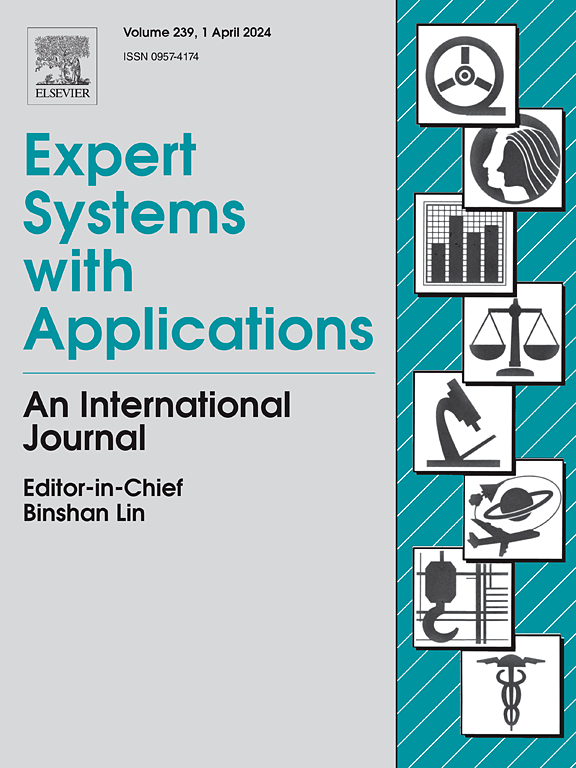SC4ANM: Identifying optimal section combinations for automated novelty prediction in academic papers
IF 7.5
1区 计算机科学
Q1 COMPUTER SCIENCE, ARTIFICIAL INTELLIGENCE
引用次数: 0
Abstract
Novelty is a core component of academic papers, and there are multiple perspectives on the assessment of novelty. Existing methods often focus on word or entity combinations, which provide limited insights. The content related to a paper’s novelty is typically distributed across different core sections, e.g., Introduction, Methodology and Results. Therefore, exploring the optimal combination of sections for evaluating the novelty of a paper is important for advancing automated novelty assessment. In this paper, we utilize different combinations of sections from academic papers as inputs to drive language models to predict novelty scores. We then analyze the results to determine the optimal section combinations for novelty score prediction. We first employ natural language processing techniques to identify the sectional structure of academic papers, categorizing them into introduction, methods, results, and discussion (IMRaD). Subsequently, we used different combinations of these sections (e.g., introduction and methods) as inputs for pretrained language models (PLMs) and large language models (LLMs), employing novelty scores provided by human expert reviewers as ground truth labels to obtain prediction results. The results indicate that using introduction, results and discussion is most appropriate for assessing the novelty of a paper, while the use of the entire text does not yield significant results. Furthermore, based on the results of the PLMs and LLMs, the introduction and results appear to be the most important section for the task of novelty score prediction. The code and dataset for this paper can be accessed at https://github.com/njust-winchy/SC4ANM.
求助全文
约1分钟内获得全文
求助全文
来源期刊

Expert Systems with Applications
工程技术-工程:电子与电气
CiteScore
13.80
自引率
10.60%
发文量
2045
审稿时长
8.7 months
期刊介绍:
Expert Systems With Applications is an international journal dedicated to the exchange of information on expert and intelligent systems used globally in industry, government, and universities. The journal emphasizes original papers covering the design, development, testing, implementation, and management of these systems, offering practical guidelines. It spans various sectors such as finance, engineering, marketing, law, project management, information management, medicine, and more. The journal also welcomes papers on multi-agent systems, knowledge management, neural networks, knowledge discovery, data mining, and other related areas, excluding applications to military/defense systems.
 求助内容:
求助内容: 应助结果提醒方式:
应助结果提醒方式:


